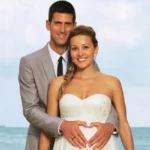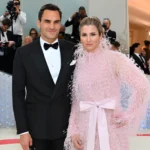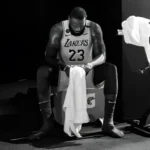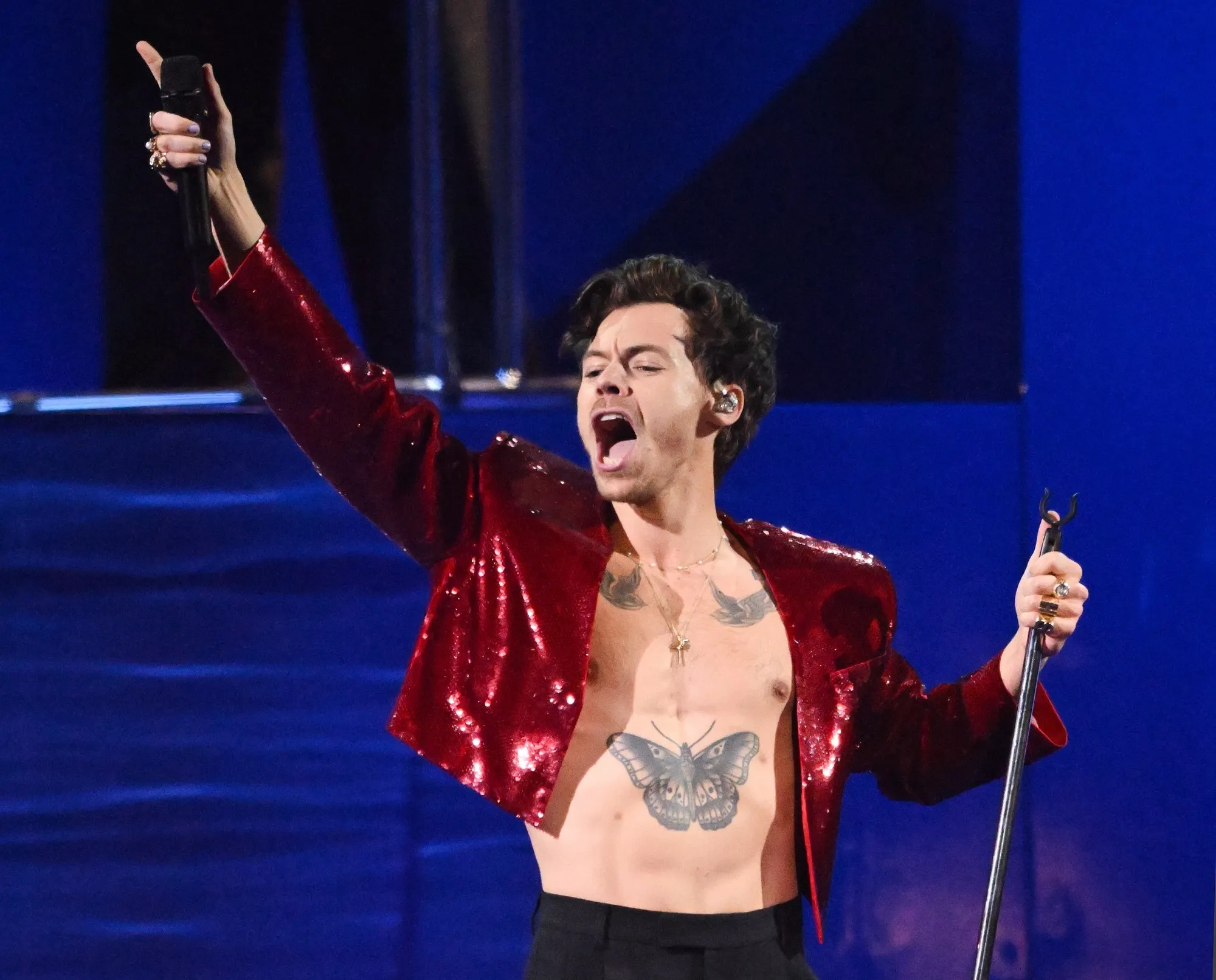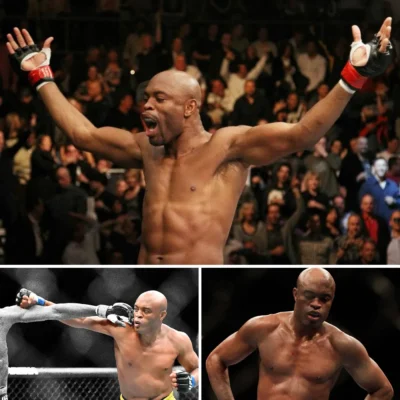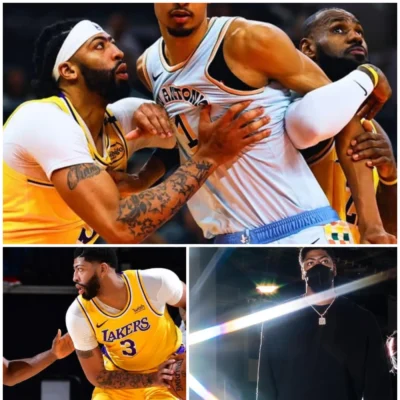

Wanda Maximoff: The Rise and Fall of the Scarlet Witch
Wanda Maximoff, better known as the Scarlet Witch, is one of Marvel’s most complex and compelling characters. Her journey from a hopeful young woman to a formidable wielder of Chaos Magic has captivated fans in both comics and the Marvel Cinematic Universe (MCU). Her story is one of resilience, tragedy, and redemption, with moments of heroism overshadowed by devastating losses and moral ambiguity.

The Origins of Wanda Maximoff
Wanda Maximoff’s origins differ slightly between the comics and the MCU, but they share common themes of trauma and resilience. In the comics, she is the daughter of Magneto, the infamous mutant revolutionary, and grew up in war-torn Eastern Europe alongside her twin brother, Pietro (Quicksilver). As a young adult, Wanda joined the Brotherhood of Evil Mutants, believing Magneto’s cause was righteous, only to later become a hero as a member of the Avengers.
In the MCU, Wanda and Pietro are Sokovian twins who volunteer for Hydra’s experiments, gaining powers through the Mind Stone. This version of Wanda possesses telekinetic and telepathic abilities, which later evolve into Chaos Magic, an ancient and nearly limitless power.
From the beginning, Wanda’s life is marked by loss and trauma. The deaths of her parents in a bombing, her brother’s sacrifice in Avengers: Age of Ultron, and the destruction of her home country of Sokovia shape her worldview, driving her to fight for justice but also sowing the seeds of darkness within her.
The Rise of the Scarlet Witch
Wanda’s rise as the Scarlet Witch is both a story of empowerment and tragedy. In the comics, her mutant heritage and latent magical abilities are unlocked through training with mentors like Agatha Harkness. She evolves from a reluctant hero into a powerful Avenger, capable of altering reality itself.
In the MCU, Wanda’s powers grow exponentially as she experiences immense loss. Her romance with Vision, a synthezoid created by Tony Stark and Bruce Banner, provides her with a brief respite from tragedy. Together, they envision a future of peace and love, but this dream is shattered during Avengers: Infinity War when Vision sacrifices himself to stop Thanos. Wanda’s grief deepens when Thanos reverses time to kill Vision again, leaving her broken and enraged.
Despite these losses, Wanda showcases her strength and heroism in battles like the final showdown in Avengers: Endgame. Her confrontation with Thanos is one of the film’s most memorable moments, with her declaring, “You took everything from me,” as she unleashes her raw power in a bid for vengeance.
The Fall: WandaVision and the Darkhold
The Disney+ series WandaVision delves into Wanda’s grief, marking the beginning of her fall. In the wake of Vision’s death, Wanda accidentally creates a false reality in the town of Westview, New Jersey. This “hex” encapsulates the town and transforms it into a sitcom-inspired paradise where she can live with a recreated Vision and their two sons, Billy and Tommy.
Though her intentions are not entirely malicious, Wanda’s actions trap innocent townspeople in a surreal nightmare, forcing them to play roles in her fabricated world. As the truth unravels, Wanda is forced to confront the harm she has caused. Her eventual dismantling of the hex, though redemptive, comes at a significant cost—she loses Vision and her children, deepening her grief and setting the stage for her darker transformation.
Wanda’s encounter with the Darkhold, a mystical book of dark magic, accelerates her descent. The book amplifies her Chaos Magic and corrupts her mind, convincing her that she can reunite with her children by traversing the multiverse. This newfound obsession leads her down a destructive path in Doctor Strange in the Multiverse of Madness.

Scarlet Witch’s Villainous Turn
In Doctor Strange in the Multiverse of Madness, Wanda fully embraces her identity as the Scarlet Witch, becoming an antagonist driven by her desperation to reunite with her children. Her pursuit of the Darkhold’s power leads her to destroy anyone who stands in her way, including heroes like Doctor Strange and America Chavez.
The film showcases Wanda’s devastating potential as she decimates the Illuminati—a powerful multiversal council—and unleashes chaos across dimensions. However, her actions are not without nuance. Under her terrifying exterior lies a grieving mother willing to sacrifice everything for her family, making her one of Marvel’s most relatable and tragic villains.
The Duality of Wanda Maximoff
Wanda’s rise and fall highlight the duality of her character. As a hero, she embodies resilience and hope, overcoming immense personal loss to fight for the greater good. As a villain, she represents the dangers of unchecked power and the destructive potential of grief.
This complexity is what makes Scarlet Witch so compelling. Unlike traditional superheroes, Wanda’s journey is not defined by a single role. She exists in the gray areas of morality, often walking the fine line between heroism and villainy.
What’s Next for Scarlet Witch?
Despite her apparent demise in Multiverse of Madness, fans speculate that Scarlet Witch’s story is far from over. The MCU has a history of bringing characters back from the brink, and Wanda’s redemption arc could be explored in future films or series.
Whether as a hero seeking atonement or a formidable antihero grappling with her inner demons, Wanda Maximoff’s journey is one that continues to resonate with audiences. Her rise and fall remind us that even the most powerful beings are shaped by their humanity, making her one of the most relatable figures in the Marvel Universe.

